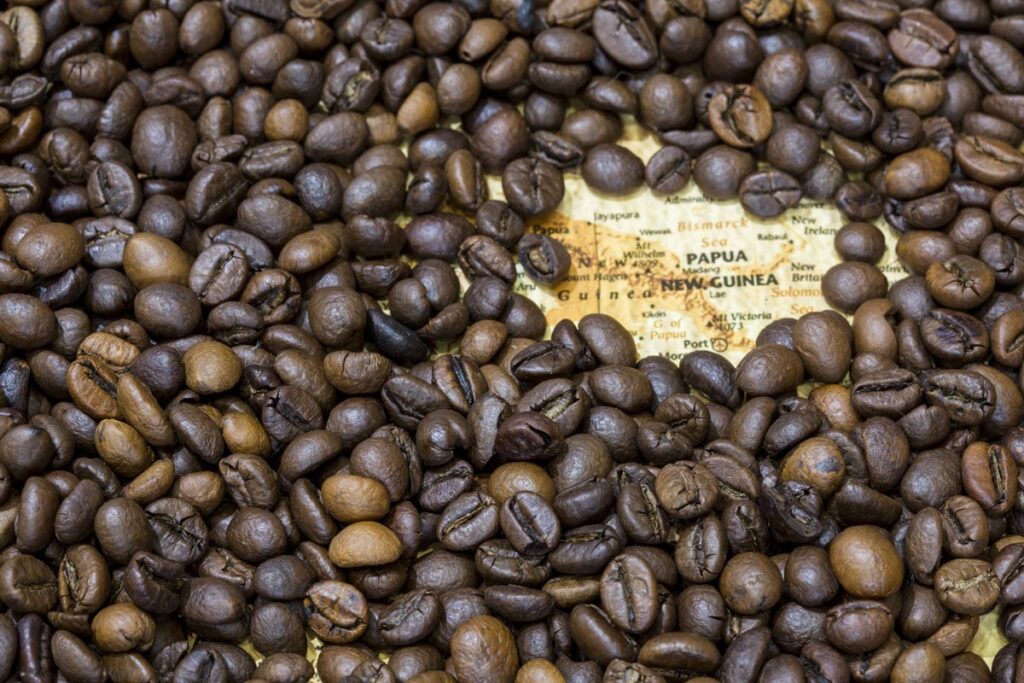What are the three main economic resources in PNG?

Papua New Guinea (PNG) is a country rich in natural resources, which have played a significant role in shaping its economy. The three main economic resources in PNG are minerals, forestry, and agriculture. These sectors are the backbone of the country's economy, contributing to government revenue, export earnings, and employment. Below is a detailed explanation of each of these key resources:
Papua New Guinea (PNG) is a country rich in natural resources, which have played a significant role in shaping its economy. The three main economic resources in PNG are minerals, forestry, and agriculture. These sectors are the backbone of the country’s economy, contributing to government revenue, export earnings, and employment. Below is a detailed explanation of each of these key resources:
1. Minerals
Mineral resources are the most significant contributors to Papua New Guinea’s economy. PNG is home to abundant deposits of minerals such as gold, copper, nickel, silver, and petroleum. The mining sector accounts for a substantial portion of the country’s GDP, export earnings, and government revenue.
- Gold and Copper: PNG is one of the world’s top gold producers, with major mining projects like Porgera, Lihir, and Ok Tedi contributing significantly to the economy. Copper is another valuable mineral, with the Ok Tedi Mine being a notable source. The Panguna Mine on Bougainville Island, although currently closed, also holds vast copper reserves.
- Nickel and Cobalt: The Ramu Nickel Project is a significant operation, extracting nickel and cobalt for international markets. These minerals are crucial for the production of stainless steel and batteries, further enhancing PNG’s export profile.
- Petroleum and Natural Gas: PNG’s oil and gas industry has seen rapid development, with the PNG LNG (Liquefied Natural Gas) project being a landmark venture. Operated by ExxonMobil, this project has transformed PNG into an important player in the global LNG market, providing significant export revenue and fostering economic growth.
- Contribution to GDP: The mining sector contributes approximately 28% of PNG’s GDP, with minerals accounting for more than 80% of the country’s export earnings. This reliance on mineral resources underscores the importance of effective management and regulation to ensure sustainable economic growth and environmental protection.
- Investment and Infrastructure: The mineral sector attracts substantial foreign investment, driving infrastructure development and job creation. However, the reliance on mineral exports makes PNG vulnerable to global commodity price fluctuations, necessitating diversification efforts.
2. Forestry
Forestry is another vital economic resource for PNG, given its extensive tropical rainforests covering over 70% of the country’s land area. The forestry industry is a major source of employment and income for rural communities, particularly in areas with limited agricultural prospects.
- Timber and Wood Products: PNG is known for its rich biodiversity and high-quality timber, including species such as merbau, rosewood, and balsa. The logging industry focuses on harvesting these valuable trees for export, making forestry a significant contributor to export earnings.
- Sustainable Practices: While the forestry sector provides economic benefits, it also faces challenges related to sustainability and environmental conservation. Illegal logging and deforestation are pressing concerns, prompting calls for stricter regulations and the adoption of sustainable forest management practices to protect PNG’s unique ecosystems.
- Economic Impact: Forestry contributes around 5% of PNG’s GDP, with timber exports representing a crucial source of foreign exchange. Efforts to promote value-added processing and community-based forestry initiatives aim to enhance the sector’s economic contribution and support sustainable development.
- Community Involvement: Many Papua New Guineans rely on forestry for their livelihoods, engaging in logging, sawmilling, and value-added wood processing. The industry provides employment opportunities and supports rural communities through revenue-sharing arrangements.
3. Agriculture
Agriculture is a cornerstone of PNG’s economy, providing food security, employment, and income for a significant portion of the population. With over 85% of Papua New Guineans residing in rural areas, agriculture is essential for their livelihoods.
- Subsistence Farming: Subsistence farming is prevalent in PNG, with families growing crops like sweet potatoes, taro, yams, bananas, and sago for their consumption. This traditional agricultural practice forms the basis of rural life and sustenance.
- Cash Crops: PNG produces several cash crops for export, including coffee, cocoa, coconut, and palm oil. Coffee, in particular, is a key agricultural export, with high-quality Arabica beans grown in the highlands. Cocoa and coconut products, such as copra and coconut oil, also contribute to export revenue.
- Export Earnings: Agriculture accounts for about 25% of PNG’s GDP and over 30% of export earnings. The sector’s importance extends beyond economic contributions, as it supports food security and rural development.
- Challenges and Opportunities: The agriculture sector faces challenges such as limited access to modern technology, infrastructure, and markets. However, there are opportunities for growth through improved agricultural practices, crop diversification, and the development of value-added products.
- Government Initiatives: PNG’s government is actively promoting agricultural development through initiatives like the “National Agriculture Development Plan” and partnerships with international organizations. These efforts aim to enhance productivity, improve market access, and support smallholder farmers.
In conclusion, Papua New Guinea’s economy relies heavily on its three main economic resources: minerals, forestry, and agriculture. Each of these sectors plays a crucial role in generating income, providing employment, and supporting the livelihoods of the population. However, the country faces challenges related to sustainability, market access, and economic diversification.
To ensure long-term economic growth and stability, PNG must balance the exploitation of its natural resources with environmental conservation and social development. Sustainable practices, effective governance, and investment in infrastructure and education are essential to maximizing the benefits of these resources and securing a prosperous future for Papua New Guinea.